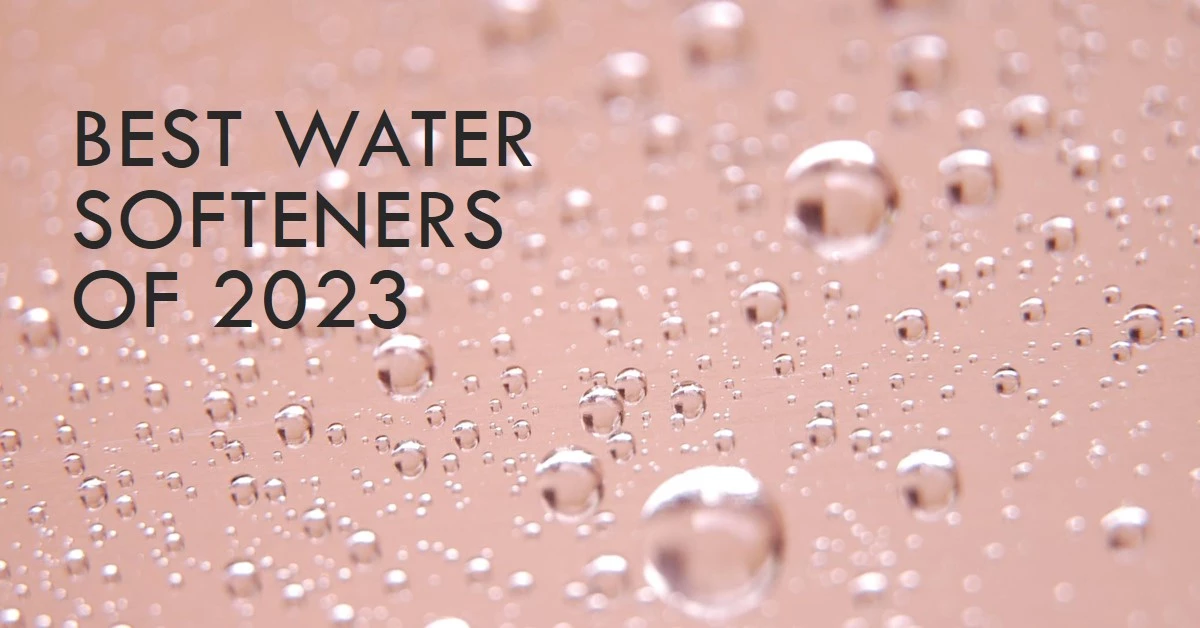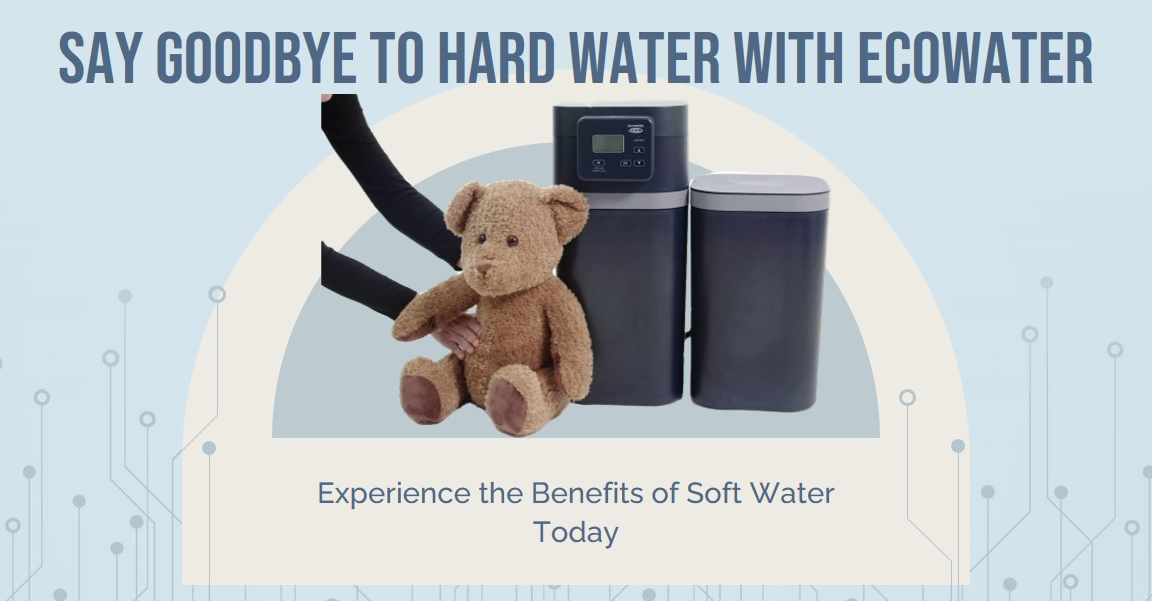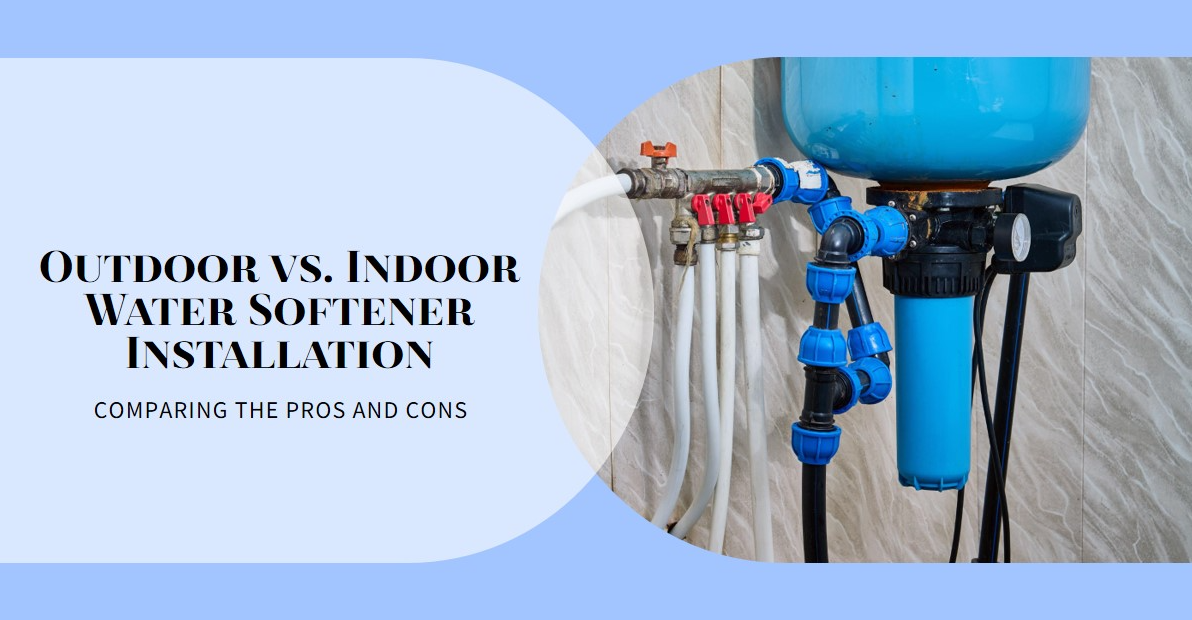For households with hard water, using reverse osmosis (RO) and a water softener together can provide the highest quality purified drinking water along with optimally softened water for cleaning and appliances. But how exactly does reverse osmosis work with a softener? This comprehensive guide will examine the key benefits, installation tips, maintenance, costs and frequently asked questions about combining RO filtration with water softening.
What is Reverse Osmosis and How Does it Work?
Reverse osmosis is a multi-stage water purification process that uses a semi-permeable membrane and pressure to remove dissolved salts, metals, minerals, organisms and other contaminants from water. It works by forcing water through a membrane with microscopic pores under high pressure. Water molecules pass through the pores while contaminants larger than the pore size are rejected and flushed out via a drain line.
RO is highly effective at removing impurities through this physical filtration process. Some key benefits include:
- Removes up to 99% of total dissolved solids (TDS)
- Reduces sodium, calcium, magnesium, heavy metals, microorganisms
- Enhances water taste, smell and clarity
- Protects plumbing and appliances from corrosion
- Safer drinking water free of pathogens, lead, arsenic, etc
- Energy efficient and eco-friendly technology
How Reverse Osmosis Systems Work
A reverse osmosis system contains the following key components:
Pre-Filter: An initial filter made of spun polypropylene that removes sediment and particulates. This protects the RO membrane.
Pressurized Pump: Provides pressure to push water through the semi-permeable RO membrane.
Semi-Permeable Membrane: Thin film composite (TFC) membrane that allows H2O molecules to pass but rejects dissolved impurities.
Storage Tank: Houses the filtered water from the RO system ready for use.
Post-Filter: Final carbon filter that removes tastes and odors to polish the RO water.
Drain Line: Carries away the concentrated waste water with rejected contaminants.
In operation, the pre-filter screens particulates from the feed water before it enters the pump. The pump pressurizes the water and forces it against the membrane. Purified water passes through the membrane into the storage tank. Impurities are sent to the drain. The purified water is then sent through a carbon post-filter before being dispensed via a faucet.
What is a Water Softener and How Does it Work?
Water softeners are whole house filtration systems that remove hardness minerals such as calcium and magnesium from the water supply. Hard water causes limescale buildup in pipes and appliances, reduces efficiency, and makes it harder to lather soaps and detergents properly.
Softeners work via a process called ion exchange. Inside the softener resides a resin bed which attracts and binds to the positively charged calcium and magnesium ions in hard water through an exchange of electrons. As the hard water passes through the resin bed, the hardness minerals trade places with sodium ions which are loosely bonded to the resin structure. Replacing the calcium and magnesium ions with sodium ions eliminates the water hardness and softens the water.
Over time, the resin bed becomes saturated with calcium and magnesium. At this point it must be recharged and regenerated. This is accomplished by flushing the resin bed with a brine solution of highly concentrated salty water. The sodium ions in the brine once again replace the hardness ions bonded to the resin, refreshing the bed’s ability to exchange ions. This regeneration process restores the softening capacity of the resin.
How Do Reverse Osmosis and Water Softeners Work Together?
Combining reverse osmosis with water softening enables homeowners to enjoy the benefits of both technologies: ultra purified water for drinking and cooking, and softened water for cleaning, laundry and appliances. Here’s how they work in tandem:
- Untreated hard water first enters a water softener which removes calcium, magnesium and replaces them with sodium ions to soften the water.
- The softened water is then routed to the reverse osmosis system.
- The RO membrane filters out the sodium, minerals and other dissolved solids from the softened water to produce clean, healthy drinking water.
- The waste water containing the rejected contaminants is sent to drain.
- Periodically the softener will perform a regeneration cycle to recharge the resin bed by flushing it with brine.
- The recharged softener continues providing softened water to the reverse osmosis system.
By softening the water first, the life of the RO membrane is extended. Common hard water contaminants like calcium and magnesium which can scale and foul membrane surfaces are reduced before reaching the RO.
What Are the Key Benefits of Using RO and a Water Softener?
Combining reverse osmosis with water softening provides a number of worthwhile benefits:
Improved Water Quality
Softening first allows RO to achieve full contaminant removal. The RO then removes sodium and any remaining minerals, producing bottled-quality drinking water.
Extended RO Membrane Life
The softened water prevents hard mineral scaling on the membrane that can lead to premature fouling and degradation.
Reduced Energy and Water Usage
Softened water increases efficiency in appliances, plumbing and fixtures. RO requires less energy than other methods.
Fewer Chemicals Needed
With softened water, soaps and detergents rinse away easily without leaving residue. Harsh cleaners become less necessary.
Enhanced Water Taste
Purifying the softened water creates crisp, clean tasting water for drinking and cooking.
Lower Maintenance Costs
Soft water and RO help prevent corrosion and accumulation of mineral deposits in pipes and equipment.
Better Laundry Results
Clothes last longer and come out brighter without mineral deposits from hard water.
Improved Hygiene
The pure, soft water is gentle on skin and hair without mineral buildup to clog pores.
For households that want premium drinking water quality in addition to optimally softened water for household use, the combination of reverse osmosis and water softening is ideal.
What Are the Key Steps for Installing an RO System With a Softener?
Proper installation is crucial to maximize performance. Here are the key steps for integrating an RO with a softener:
- Install the water softener first in the line of incoming hard water according to manufacturer instructions.
- Connect the outlet of the softener to the reverse osmosis system inlet.
- Mount the RO membrane and necessary filters, connecting all hoses and tubing.
- Run a drain line from the RO waste outlet to a suitable drainage point.
- Install the storage tank and dispensing faucet.
- Ensure optimal water pressure and flow rates to both systems.
- Program the softener’s computer controller for the proper regeneration schedule.
- Disinfect, flush and leak test the complete system before use.
A professional installation by a qualified plumber is highly recommended. Proper valve and drain connections along with optimized pressure and flows are vital.
How Much Does an RO System With an Integrated Water Softener Cost?
For a complete system to serve an average 4 bedroom household, total costs are:
- Water softener: $500 to $2,500 depending on type and softening capacity.
- Reverse osmosis system: $250 to $700 for mid-grade consumer models. Commercial systems cost more.
- Installation: Anywhere from $200 to $600 depending on complexity and materials.
- Miscellaneous parts and connections: Around $50 to $150 typically.
Total Cost: Approximately $1,500 to $4,000+ for a fully integrated system installed. Ongoing costs include periodic filter and membrane replacements and salt for the softener. An integrated RO and softener system is an investment which returns major dividends in terms of enhanced water quality, efficiency and equipment longevity.
What Maintenance Is Required for an RO With Softener Setup?
As with any system, proper maintenance ensures ongoing performance. The maintenance tasks include:
- Monitoring and periodically refilling salt levels for the softener.
- Testing water hardness to verify softener function.
- Sanitizing the softener resin bed occasionally.
- Changing pre-filter and post-filter cartridges on the RO system.
- Checking the membrane yearly and replacing if needed.
- Confirming adequate inlet water pressure and flow to both systems.
- Checking for leaks and drain line clogs.
Following the manufacturers’ suggested maintenance schedules for both the softener and RO system is highly recommended. This preventative maintenance saves money over the long run.
Frequently Asked Questions
Should the softener go before or after the reverse osmosis system?
How often does the softener need to regenerate?
Does the softener increase sodium levels?
What is the sodium rejection rate of RO membranes?
What hardness level does the RO produce?
Does RO remove beneficial minerals?
Conclusion
For whole house water purification combined with softening, a reverse osmosis system integrated with a water softener is an extremely beneficial solution. Used together, RO and softening maximize water quality and efficiency. The softener extends membrane life and the RO provides bottled-water-quality drinking water. This powerful tandem delivers optimal performance for both purification and softening needs.





